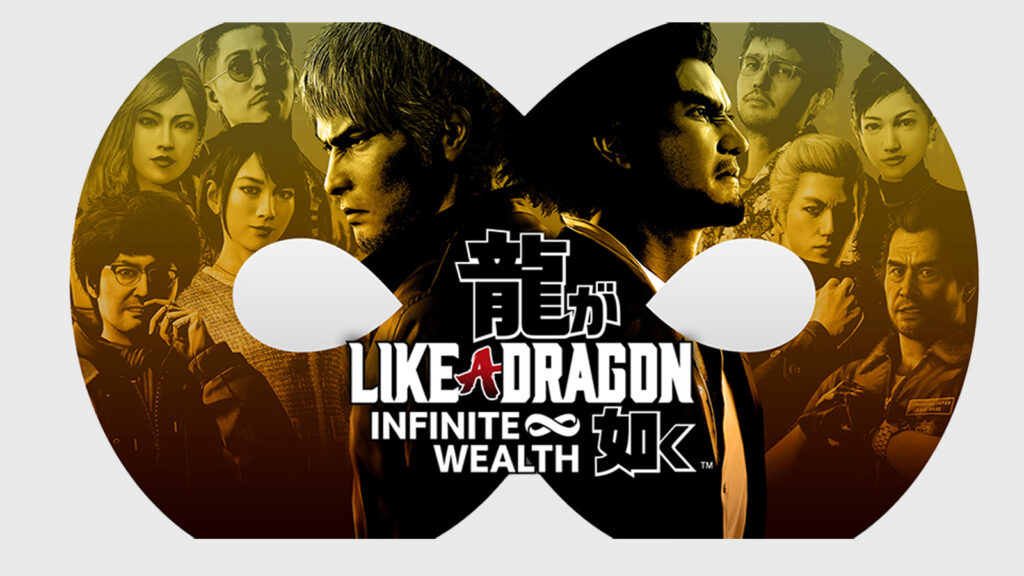
Like a Dragon: Infinite Wealth (PlayStation 5)
Like a Dragon: Infinite Wealth takes the franchise on its biggest scale adventure yet, taking the series outside of Japan for the first time, with dual protagonists Kiryu and Ichiban making it all the way to Hawaii. The game is a huge RPG with both new and returning faces supporting the two on their adventures, with iconic protagonist Kiryu taking a major role in the series after Yakuza: Like a Dragon focused on Ichiban, bringing the two protagonists together. The game released January 26th 2024 for PlayStation 4/5, Xbox and PC.
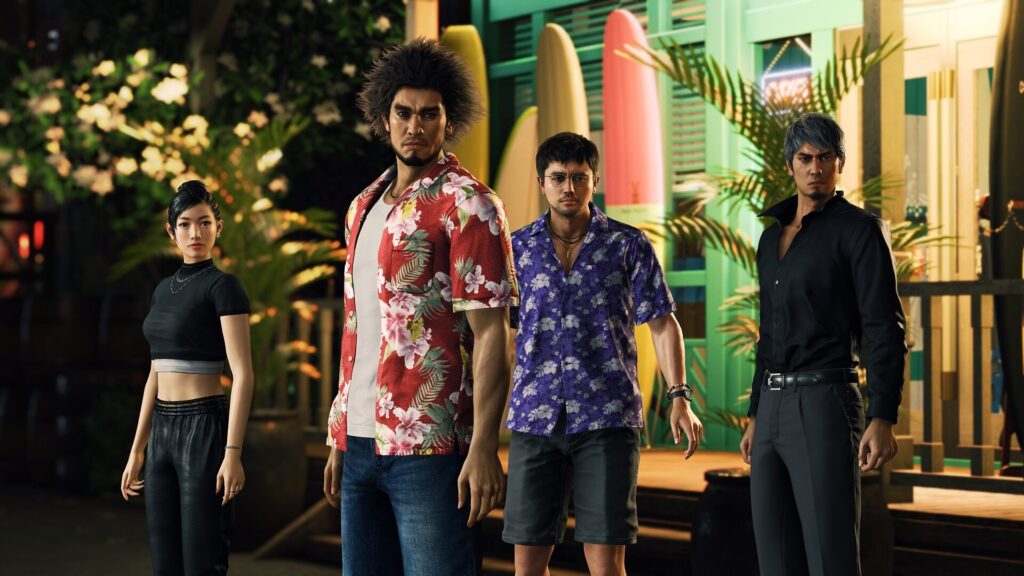
The story takes place a few years after the conclusion of Yakuza: Like a Dragon with Ichiban and Co settling into their new lives, with Ichiban himself working at Hello Work, helping ex yakuza members get normal jobs. This peaceful life doesn’t last long though with Ichiban losing his job after his past is exposed online. After this, he runs into some other familiar faces from his past and gets sent all the way to Hawaii to meet Akane, his birth mother. After landing in Hawaii, Ichiban runs into Kiryu who happens to also be in Hawaii looking for Akane. It’s from here that the two set out to find her, getting entangled in all sorts of criminal plots as they try to track her town, joining up with other characters along the way.
The story is a great one full of interesting characters and enough twists and turns to keep you guessing. The main party members themselves are fantastic characters with great writing and interesting backstories, with some of them being some of my favourite characters in the series. Deepening your bonds with characters throughout the games unlock Drink Links which go more in-depth into the party members and are definitely worth seeking out, unlocking bonuses for the characters making them stronger in combat along with some interesting subplots. Having both Kiryu and Ichiban as dual protagonists feels like a great choice for the game, with the two both being excellent protagonists. Overall, I found myself really enjoying the story of the game, with it keeping me interested and guessing about what’s coming along with some excellent new characters.
Being a direct sequel to Yakuza: Like a Dragon, Infinite Wealth is a turn based RPG. Having said that, the turn-based combat has been significantly improved upon from its predecessor with a much more refined combat system with new mechanics making the combat feel much smoother. Characters are able to move around the battle areas, with bonuses up for grabs if you attack an enemy in close proximity to them. Party members can make use of flashy skills to take on enemies with extra damage if you can get the button prompts right. There’s also an elemental system in play with some skills or weapons, adding an extra layer of depth to the combat. The job system was also revamped and improved in Infinite Wealth, adding a number of new jobs that give the combat a good variety of playstyles that you can pick and choose from. The jobs feel much more customisable this time around with skill inheritance being improved, letting you take skills from different jobs to make the perfect combination of skills for each party member.

A few changes were made to enemies too with this new game, for example attacks cannot be interrupted by enemies anymore and attacks can knock enemies into each other, doing damage to all of them. As a whole, the combat is massively improved over the previous game and makes for a fantastic combat system.
Like a Dragon: Infinite Wealth is a big game, a really big game. There’s a huge amount of content to get through between the main story and the massive amount of side content to keep you busy for hours on end. The variety of side content is second to none with everything from delivering food on a bike to creating your own island resort. Familiar minigames like Mahjong and Darts are still present here with some new ones specific to this game like Miss Match: a dating app where Ichiban attempts to find love, Sicko Snap: a Pokemon Snap style minigame which tasks you with taking photos of sickos as you travel around Hawaii on a trolley line or Crazy Delivery which has you riding around on a bike collecting food and delivering it to customers in a frantic rush. Each of these minigames bring something different to the table and offer a good variety of things to do outside of the story.
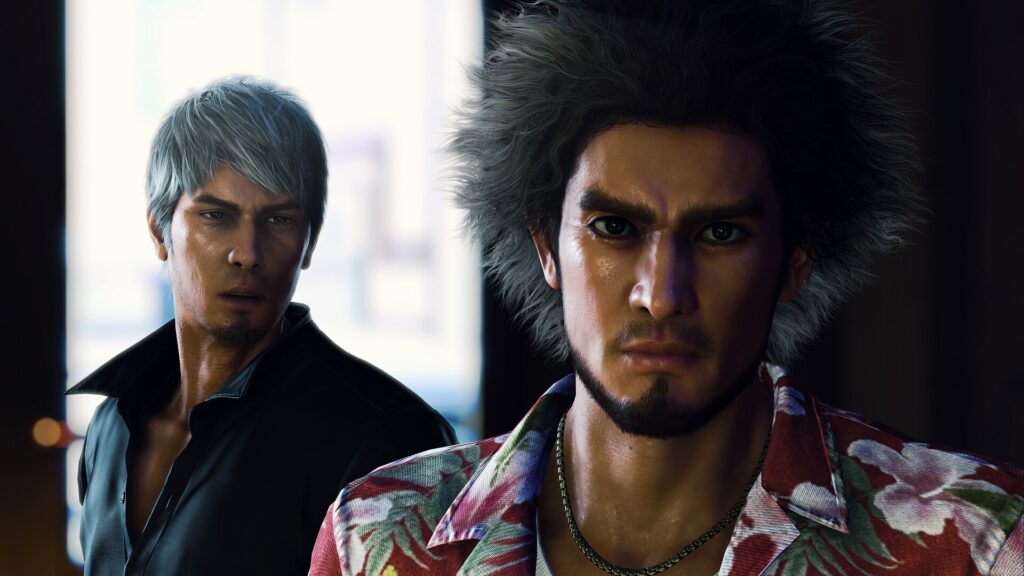
Alongside the minigame offerings, the series signature substories are back in full force here with some incredibly entertaining and often hilarious side stories scattered across the game’s locations. These stories make up a good amount of the games side content and are fantastic, with outlandish stories that range from things as simple as helping a child sell lemonade to investigating a UFO sighting. Going through these stories shouldn’t be missed, not only because of them having good rewards but they’re a great time to go through and a lot of fun with the games outrageous cast of side characters and subplots. They’re best left to be played through without spoilers as some of the twists and returning characters popping up in them are hilarious and you’re missing out on so much of the game if you just speed through the main story.
Alongside the smaller scale minigames are two major side modes. One of these modes is Dodonko Island which tasks you with restoring a run down island resort to its former glory after it had been used as a waste landfill for years. This plays almost like an animal crossing game with you designing your island to make it your own with hundreds of different items for you to craft after gathering the necessary resources from around the island. After slowly clearing the island out and making it more habitable, you’re able to invite guests to visit your island resort and attempt to keep them satisfied with your islands offerings. Adding objects and decorations to your island raises the islands overall satisfaction and popularity, eventually raising your resort rank which brings you more areas to decorate your island and invite more guests. Alongside simply decorating your island, there’s other activities to be done in your resort such as a fishing minigame or creating souvenirs for your guests or hosting a campfire for them. Opposing you are the washbucklers, a waste management company that use the island as a landfill. Fighting off these enemies is one of your major priorities as you restore the resort all the way to a 5-star resort. This mode is a peaceful distraction from the rest of the game and you can easily spend hours on this mode without realising it, it’s an addicting mode trying to get your island to a 5-star resort and making your own perfect island.
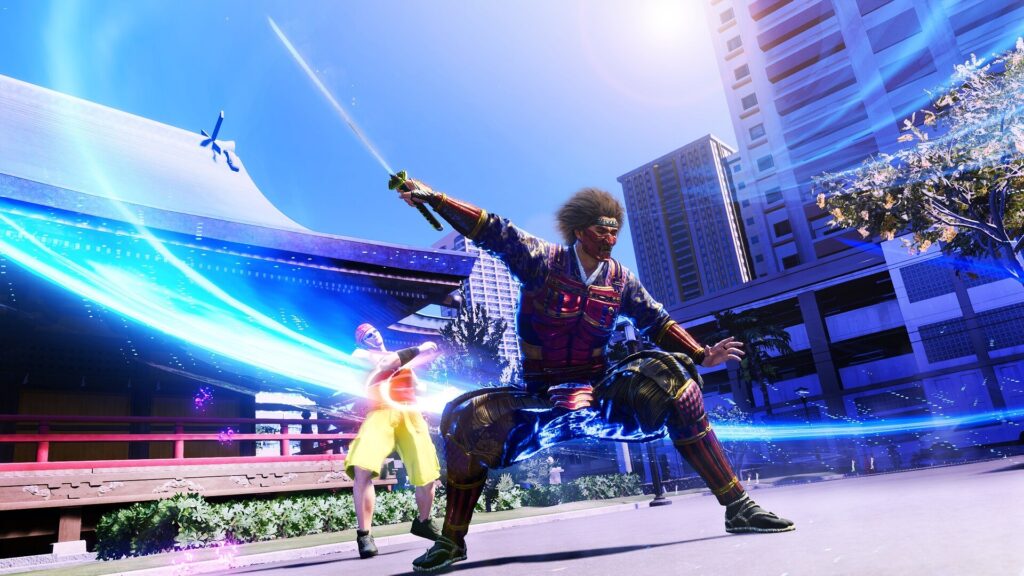
The other major side mode the game offers is Sujimon League: a mode which tasks you with building a team of Sujimon: the enemies throughout the game and battling them against opposing trainers to become a Sujimon champion. If Dodonko Island can be compared to Animal Crossing, Sujimon league is the pokemon equivalent with you catching enemies to train and battle them. This chain of stories tasks you with challenging the discreet four and overthrowing the corrupt Sujimon League. There are trainers scattered around throughout the world, letting you battle them to raise your trainer rank to be qualified enough to challenge each member of the discreet four. Sujimon raids also spawn, allowing you to fight strong enemies for a chance to recruit them to your roster of Sujimon. The battle themselves play out in a 3v3 format with each Sujimon having a type with a rock-paper-scissors style of type matchups. Each Sujimon has its own move alongside a special move that takes MP gathered throughout the battle. Training your Sujimon is important alongside having a variety of types to make sure you don’t get caught out by weaknesses. This mode was surprisingly fun and well executed with a good number of Sujimon to collect through either battles and raids or the gacha system included in the mode. Both Sujimon League and Dodonko Island offer great rewards so they’re definitely worth putting some time into, alongside them both being genuinely fun modes that I put hours into.
Another side activity worth mentioning is the games randomly generated dungeons. These dungeons can be explored to gain valuable rewards and currency to spend in the exchange shop to earn higher tier materials to craft stronger weapons for your party, giving you even more options in combat. The dungeons themselves are fun to go through, mostly due to the combat of the game being fantastic and makes level grinding a lot less boring, with these dungeons being a great source of experience to level up your party members and their individual jobs.
Overall the amount of side content in Infinite Wealth is huge, offering a massive amount of content outside of the main story that you can very easily get lost in, completely getting distracted from the main story. I’ve had sessions of the game where I’ve played for hours and made absolutely zero story progress and still having a great time with the game. There’s other side content I haven’t mentioned here such as Kiryus bucket list which I feel is best experienced and discovered on your own. The games side content is arguably the best in the series and is definitely not to be missed by rushing through the main story, with so many of the best parts of the game being part of the games side offerings.
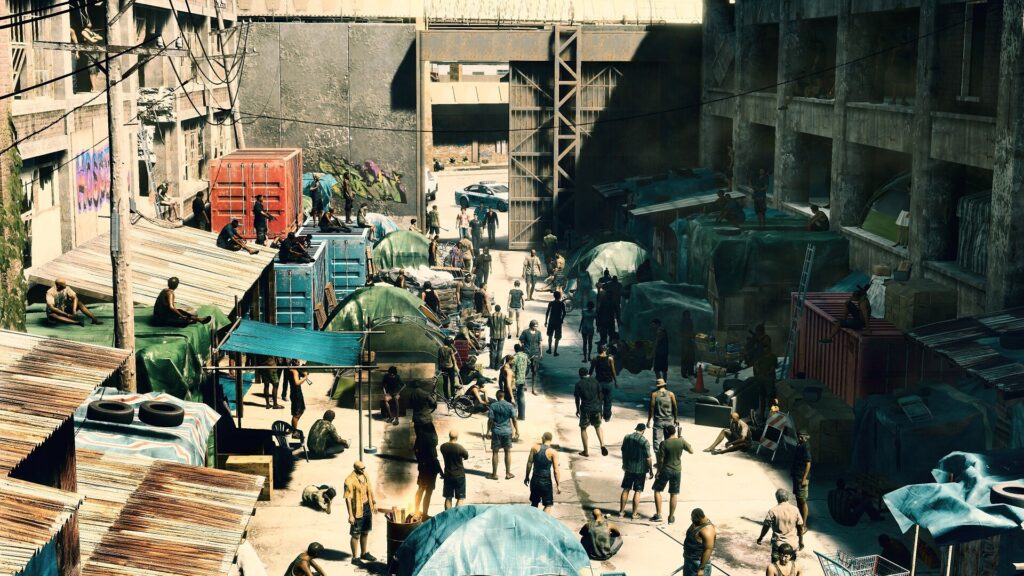
The visuals of the game are fantastic, being the best the series has ever looked with Hawaii in particular looking amazing, with the area being designed well with everything from beaches to criminal districts looking great. The character models look incredibly detailed and expressive with great animations. The combat animations look good too, particularly the poundmates summons moves which have flashy cinematics. However, the tag team moves from Like a Dragon had their animations toned down in Infinite Wealth, no longer having a flashy cinematic.
The game also features both English and Japanese voice acting, with it being good for the most part in the English dub with the Japanese dub being great, with Kiryus VA having a great performance in particular. Both dubs are good so it’s down to personal taste for which language you prefer to play with. The soundtrack for the game is also fantastic, with great battle themes and a plethora of karaoke songs. One new feature I was a fan of is the ability to make a playlist of songs that can play while you’re exploring the world; including songs from other Sega franchises like Persona or Sonic. This feature made grinding for levels or exploring the games locations more interesting, letting you change up the music. Overall, the game is presented very well being the best the series has looked along with a great soundtrack and some fantastic voice acting split across both the English and Japanese dub
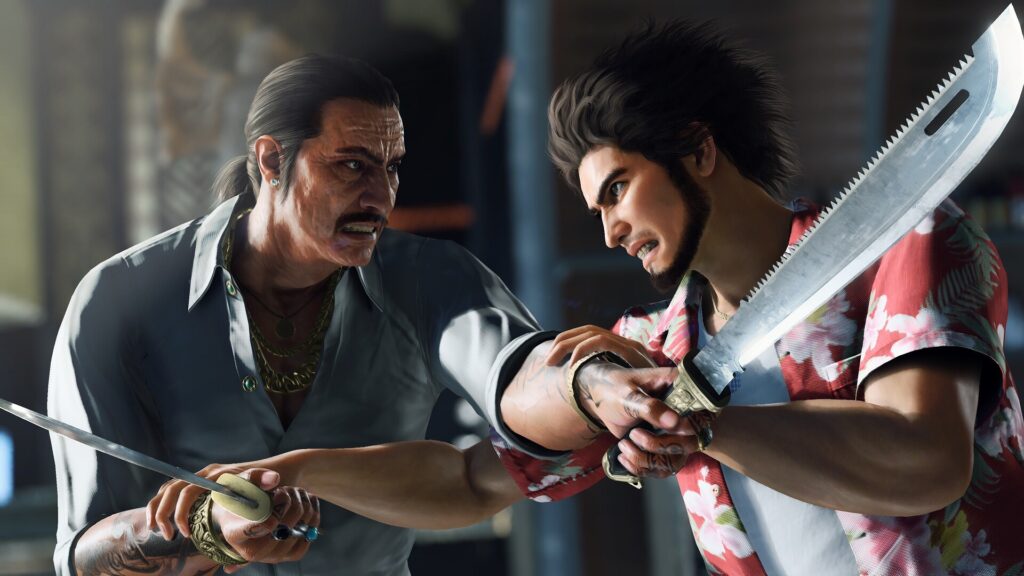
Overall, Like a Dragon: Infinite Wealth is not only one of the best games in the series but one of the best RPGs to release in recent years with an engaging story, excellent combat and an incredible amount of side content to go along with it that you’ll be missing out if you don’t at least try. The game is not to be missed for fans of the series, being arguably the best game in the series so far, reaching the heights of other entries in the series.
Summary
An incredible RPG with a huge amount of content to get through including some great combat and a gripping plot.
Shaun
Latest posts by Shaun (see all)
- Xuan Yuan Sword 7 (Switch) - June 20, 2024
- Like a Dragon: Infinite Wealth (PlayStation 5) - February 21, 2024
- Persona 5 Tactica (Xbox Series X) - December 13, 2023




